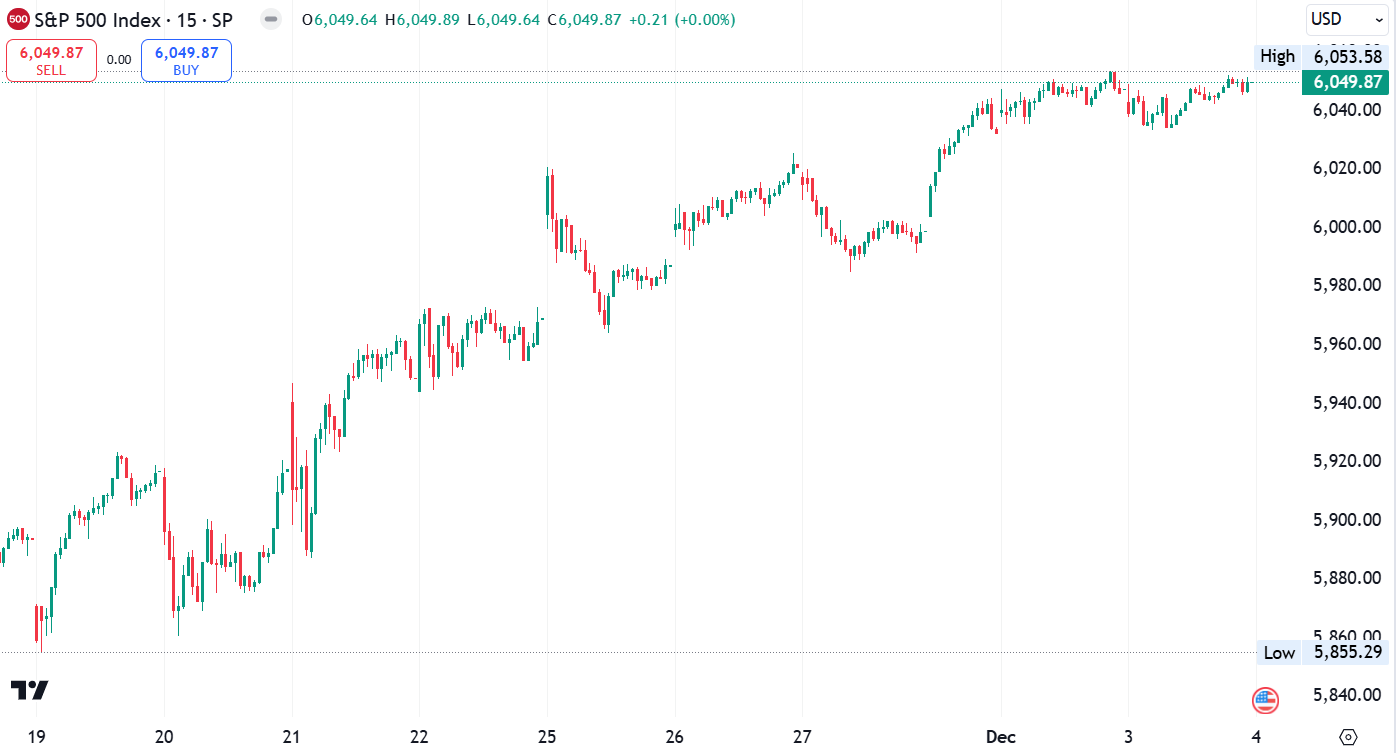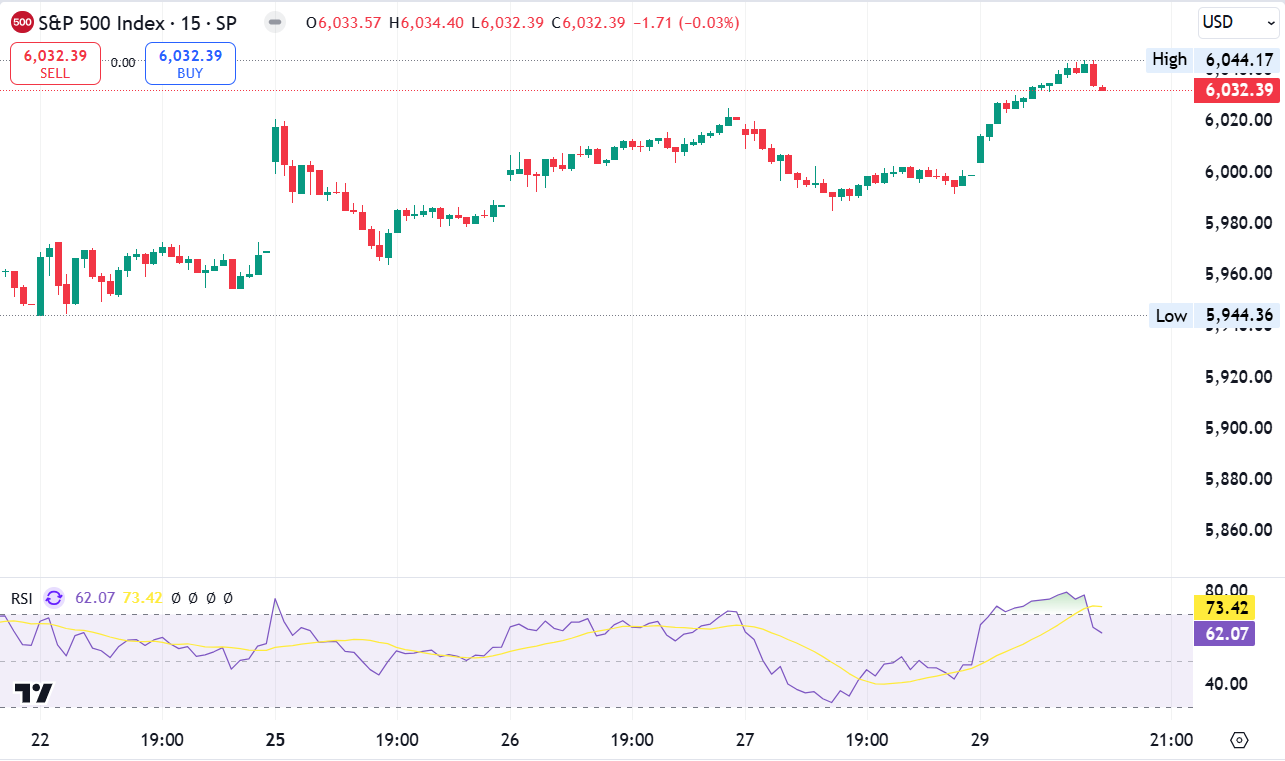
Europe’s Gas storage Surplus Fuels Industrial Expansion
Europe’s Gas storage Surplus Fuels Industrial Expansion
In the winter of 2023/24, Europe finds itself in a unique energy situation – a surplus of gas storage that promises to transform the continent’s industrial landscape. With temperatures across the United Kingdom and EU that are surprisingly mild, gas storage inventories have soared, reaching a seasonal record of 996 terawatt-hours (TWh) on Dec. 31, as Gas Infrastructure Europe (GIE) reported. This surplus, now 30% above the ten-year average, is not just a consequence of the weather but also a strategic advantage that could reshape Europe’s approach to energy consumption, impacting Europe gas prices and sparking discussions in natural gas news today.
A Winter of Surplus: Unprecedented Gas Inventories
Europe’s gas storage inventories are set to conclude the winter of 2023/24 at or near a record high, reflecting the impact of mild temperatures on heating demand. The surplus, which has expanded by 18% since the beginning of the heating season on Oct. 1, is a testament to the unexpected warmth experienced across the region. Northwest Europe, the primary consumption area, witnessed temperatures significantly above the seasonal average in the final quarter of 2023, leading to only a slight decrease in gas storage inventories during December. This surplus cushions Europe against potential energy crises and opens new possibilities for the industrial sector, potentially influencing oil profit.
Unlocking Industrial Potential: Gas Storage as a Catalyst
With gas storage sites 86.5% full at the end of December, a remarkable 15 percentage points higher than the ten-year seasonal average, opportunities for industrial growth emerge. The surplus gas storage can be harnessed to fuel increased industrial activity, offering a cost-effective and sustainable energy source. Industries heavily reliant on gas, such as manufacturing and production units, stand to benefit from this surplus, potentially leading to increased output, economic growth, and oil profit. This surplus acts as a buffer, insulating industries from the volatility of Europe gas prices while encouraging a surge in production.
Oil Profit and Gas Surplus: A Profitable Synergy
The primary focus remains on gas storage. However, the ripple effect extends to the oil sector, creating a profitable synergy. The surplus of gas can be utilised to enhance oil profit processes, optimising energy consumption and reducing operational costs. This boosts the efficiency of oil extraction and contributes to overall profitability in the energy sector. As Europe navigates the complexities of its energy landscape, the intertwining of oil profit and gas storage surplus becomes a key driver for economic resilience.
Navigating the Market: Natural Gas News Today and Europe Gas Prices
In the dynamic realm of energy, staying informed is crucial. Keeping an eye on natural gas news today is imperative for businesses and policymakers alike. The surplus in gas storage has the potential to influence Europe gas prices, creating a market responsive to the abundance of resources. Monitoring these real-time shifts enables stakeholders to make informed decisions, shaping energy policies and business strategies that align with the evolving market dynamics.
Towards Energy Stability: The Role of EU Gas Price Cap
Amidst the surplus and its far-reaching impacts, the concept of an EU gas price cap gains significance. As Europe navigates a future defined by ample gas storage, establishing a price cap ensures that the benefits of this surplus are distributed equitably. The EU gas price cap safeguards against unjust price hikes, fostering energy stability and accessibility. This regulatory measure aims to balance encouraging industrial growth and protecting consumers from potential exploitations.
Europe’s current gas storage surplus is not just a consequence of weather patterns but a strategic asset with the potential to redefine the continent’s energy landscape. As the surplus continues to grow, opportunities for industrial growth, profitable synergies with the oil sector, and dynamic shifts in Europe gas prices come to the forefront. Navigating this energy abundance requires a proactive approach, with the EU gas price cap acting as a crucial safeguard. The winter of 2023/24 may be marked by warmth. Still, it is the surplus in gas storage that holds the key to a future fueled by sustainable and resilient energy practices.
The post Europe’s Gas storage Surplus Fuels Industrial Expansion appeared first on FinanceBrokerage.



